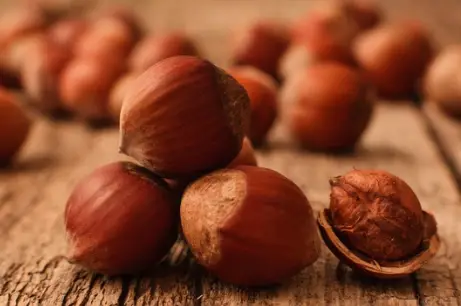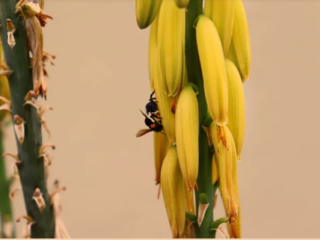When it comes to nuts, there is a wide array of choices that captivate our taste buds and offer numerous health benefits. Among these, filbert nuts stand out as a true delicacy.
Also known as hazelnuts, filberts possess a unique and distinct appearance that sets them apart from other nut varieties.
In this blog post, we will delve into the captivating world of filbert nuts and explore their visual characteristics.
What Do Filbert Nuts Look Like?

What Do Filbert Nuts Look Like
filbert nuts are characterized by their small size, rounded or oval shape, brown husk, and light brown or pale yellowish outer skin.
The creamy white or pale yellow kernel inside is the edible part of the nut and offers a delightful taste.
Appreciating the distinct appearance of filbert nuts adds to the enjoyment of their flavor and their versatility in culinary applications.
Size and Shape:
Filbert nuts typically measure around 1 to 1.5 centimeters in diameter.
They have a spherical or slightly oval shape with a pointed tip at one end. The size of filbert nuts can vary slightly depending on the specific cultivar and growing conditions.
Outer Shell:
Filbert nuts are encased in a hard, woody outer shell known as the husk.
The husk is typically brown in color, ranging from a pale brown to a deeper shade. When ripe, the husk splits open naturally, revealing the nut within.
Nut Color:
Once the husk is removed, the filbert nut unveils its true appearance.
The outer skin of the nut, known as the pellicle, is a thin, papery layer that adheres closely to the kernel. It is usually light brown in color, although it can also appear slightly reddish or even pale yellow depending on the specific variety.
Kernel Texture:
Beneath the pellicle lies the creamy-white or pale yellowish kernel of the filbert nut.
The kernel possesses a smooth texture and a mildly sweet, buttery flavor that makes it a sought-after ingredient in various culinary creations.
Shape and Texture Variations:
While most filbert nuts have a round or oval shape, some may exhibit slight variations.
Occasionally, you might come across filbert nuts that have a slightly elongated or asymmetrical shape, giving them a unique appearance. These variations do not impact the taste or quality of the nut but add to their aesthetic appeal.
Cultivar Varieties:
Filbert nuts are available in various cultivar varieties, each with its own unique characteristics. Some popular cultivars include Barcelona, Tonda di Giffoni, Tonda Gentile delle Langhe, and Butler.
These cultivars may differ in size, flavor, and even color, offering a diverse range of options for nut enthusiasts.
Roasted Filbert Nuts:
Roasting filbert nuts enhances their flavor and provides a delightful aroma.
The roasting process brings out the nut’s natural oils, resulting in a rich, nutty taste and a slightly crunchy texture. Roasted filbert nuts are often consumed as snacks, used in baking, or incorporated into savory dishes.
Culinary Applications:
Filbert nuts are a versatile ingredient and find their way into a variety of culinary creations. They are commonly used in confectioneries, such as chocolates, pralines, and nougats.
Filberts are also a popular addition to baked goods like cakes, cookies, and bread. In savory dishes, they add a delightful crunch and depth of flavor to salads, vegetable dishes, and sauces.
Nutritional Benefits:
Filbert nuts are not only visually appealing but also highly nutritious.
They are a rich source of healthy fats, including monounsaturated fats that promote heart health. Also, filberts are packed with dietary fiber, vitamins, minerals, and antioxidants, making them a nutritious snack choice.
Storage and Selection:
To maintain the quality and freshness of filbert nuts, it is important to store them properly. Keep them in an airtight container in a cool, dry place to prevent rancidity.
If you prefer to buy pre-packaged filbert nuts, check for any signs of damage, such as cracks or mold, and ensure the nuts feel heavy and firm.
Conclusion
Filbert nuts, also known as hazelnuts, have a captivating and distinctive appearance that enhances their allure.
From their spherical shape to their brown husks and creamy-white kernels, these nuts possess a natural charm that makes them visually appealing.
Whether enjoyed on their own, as a garnish, or as a key ingredient in various culinary preparations, filbert nuts are a delightful addition to our palates and a treat for our eyes.
So, the next time you come across these delightful nuts, take a moment to appreciate their unique beauty before relishing their delicious flavor and benefiting from their numerous health advantages.




